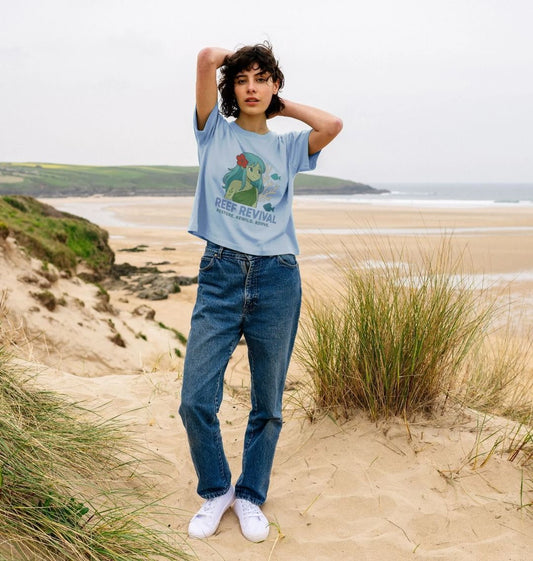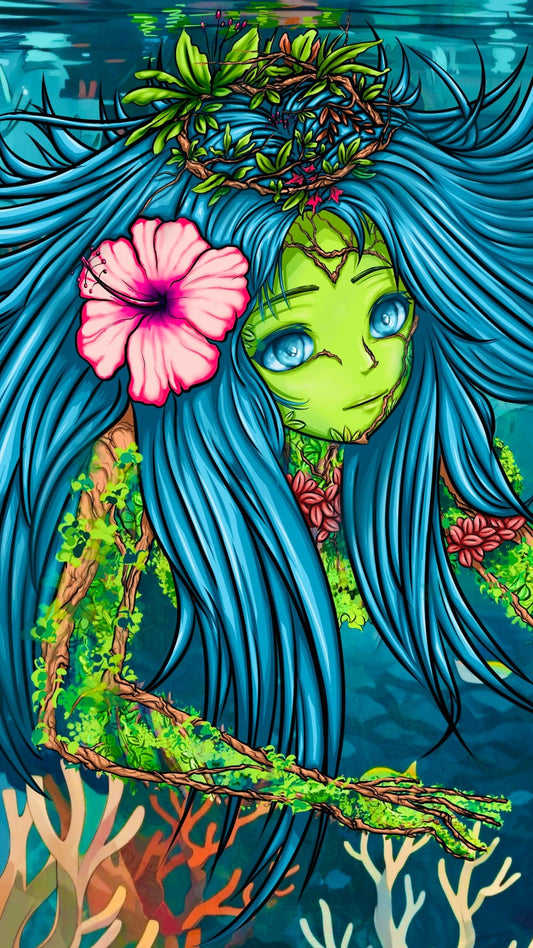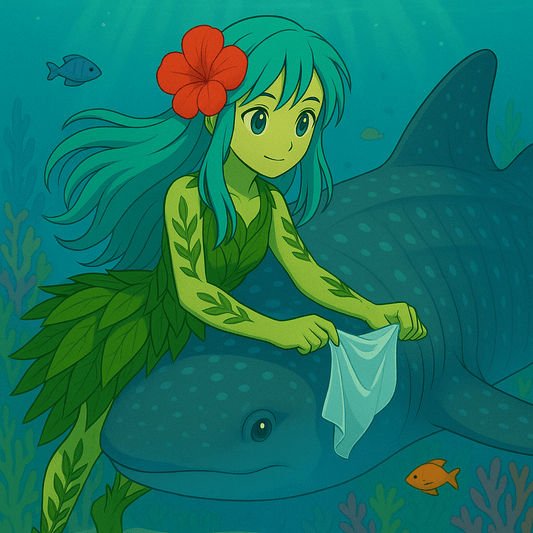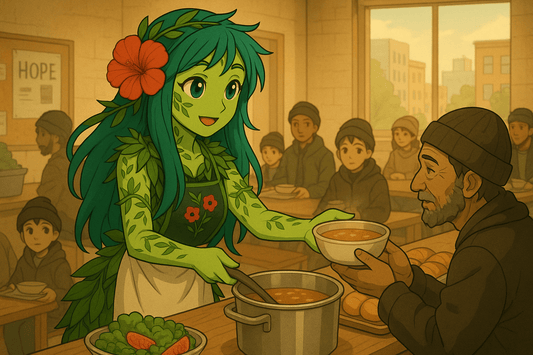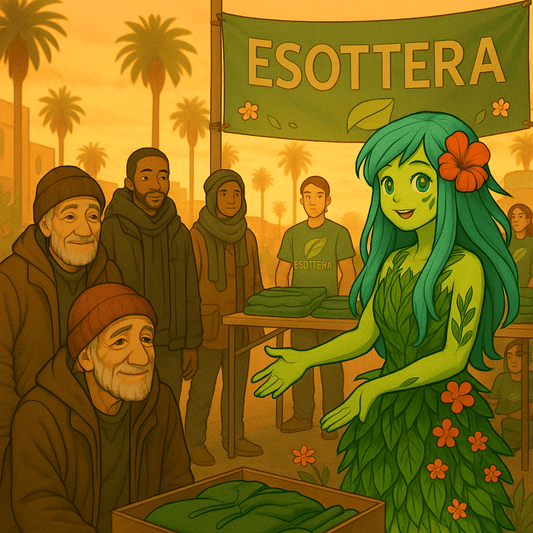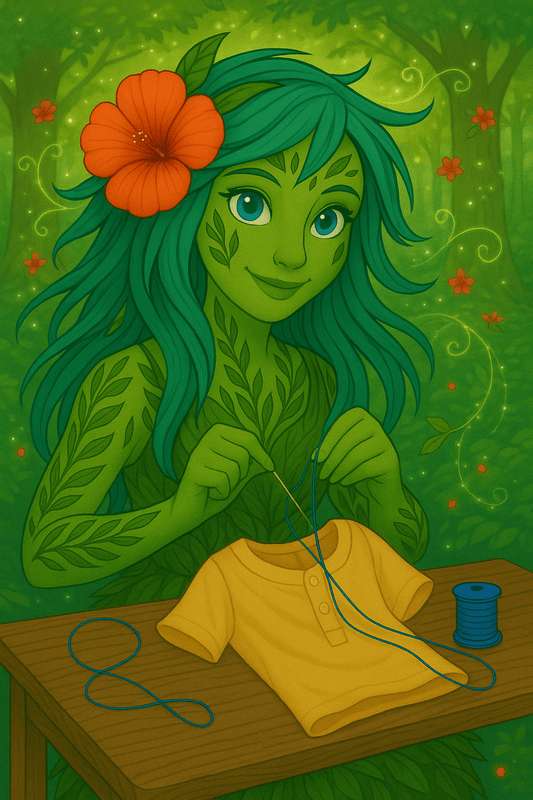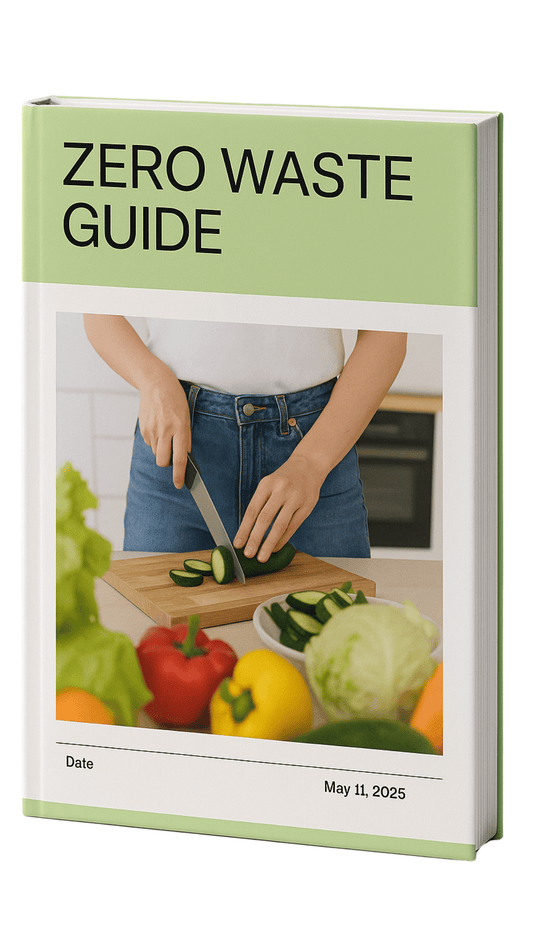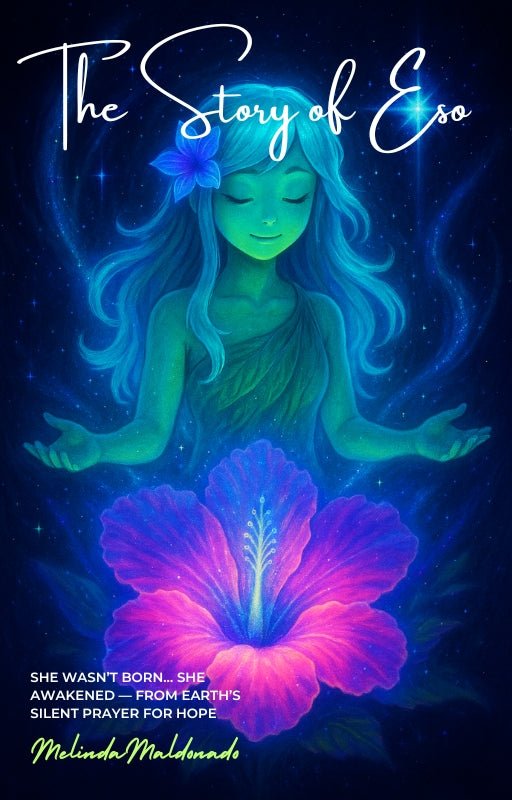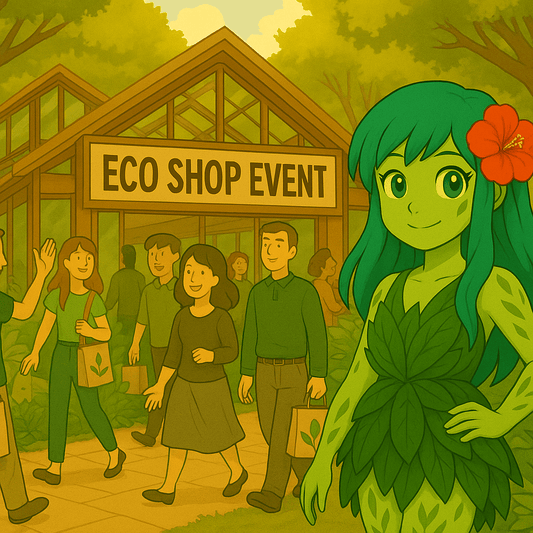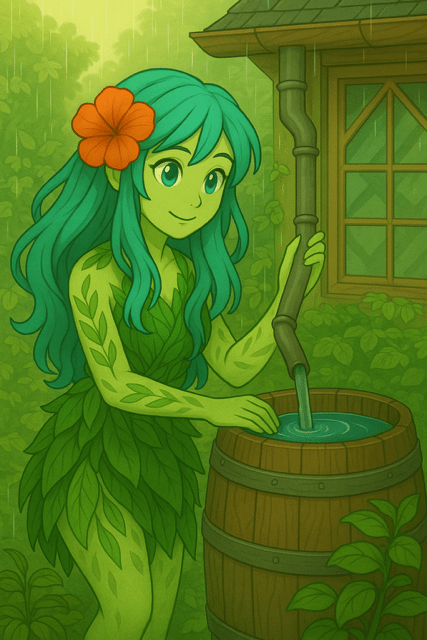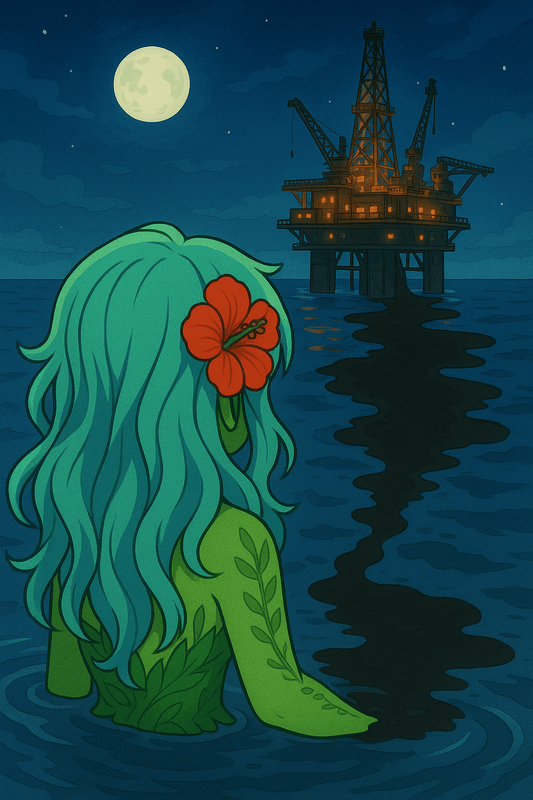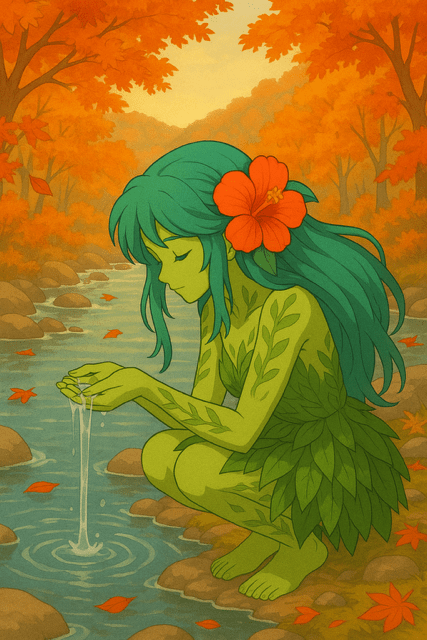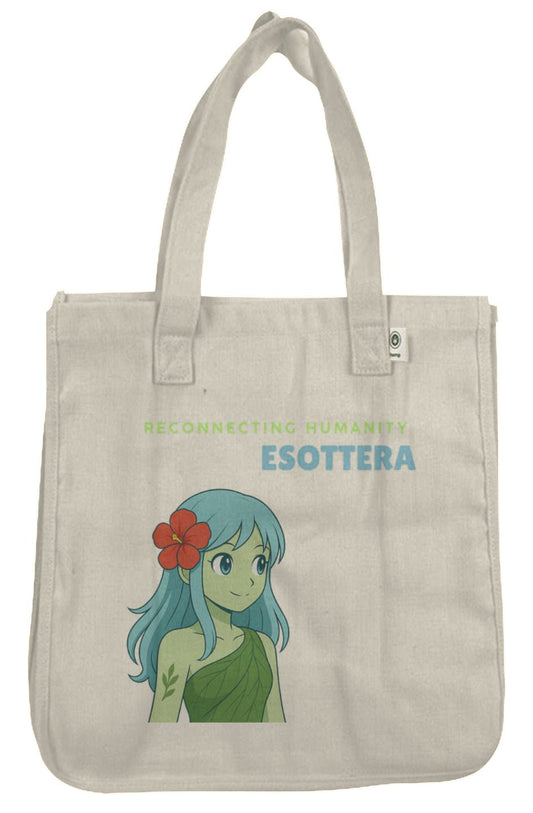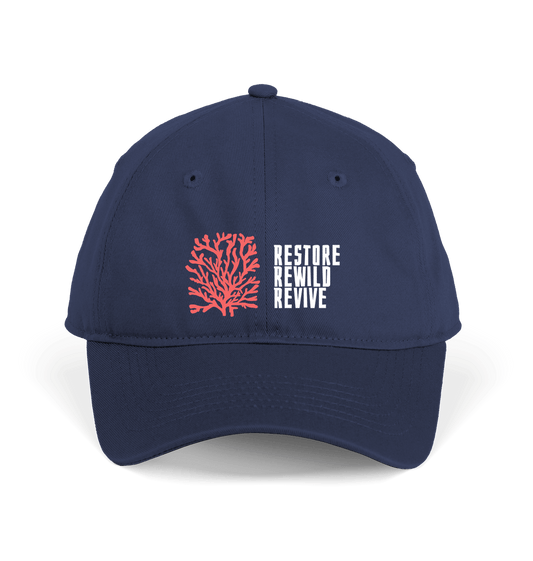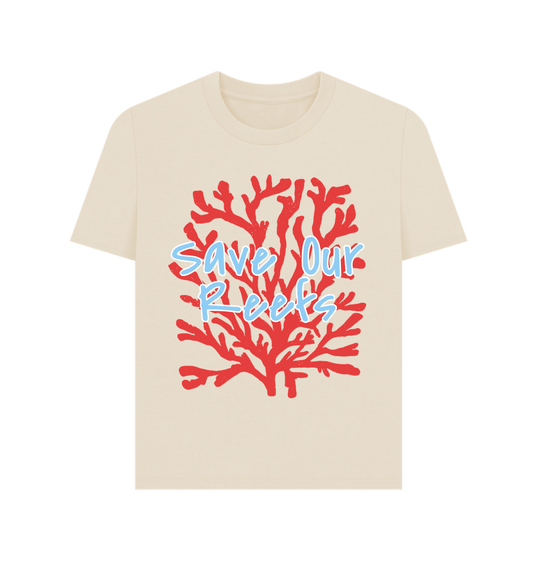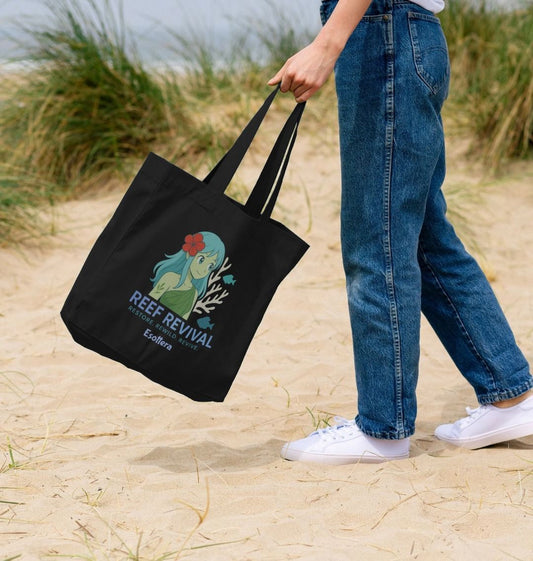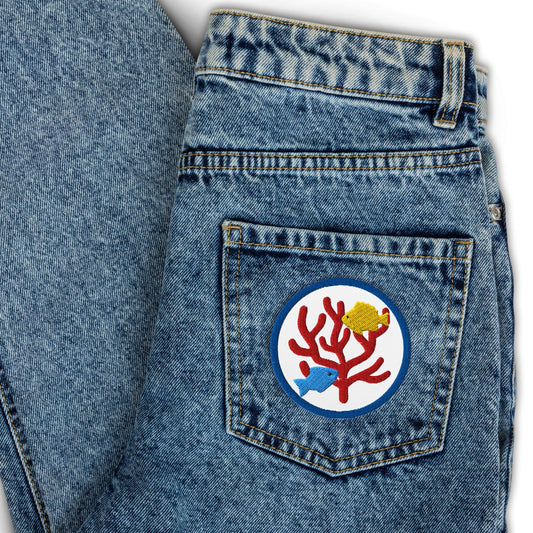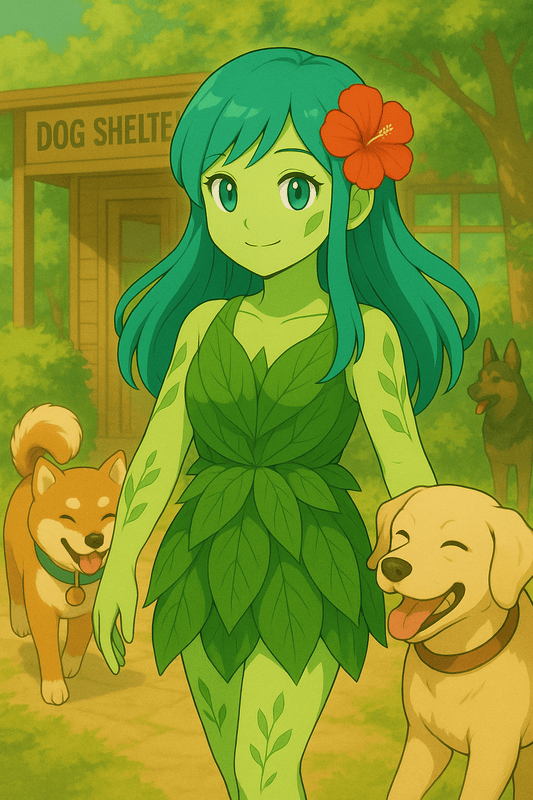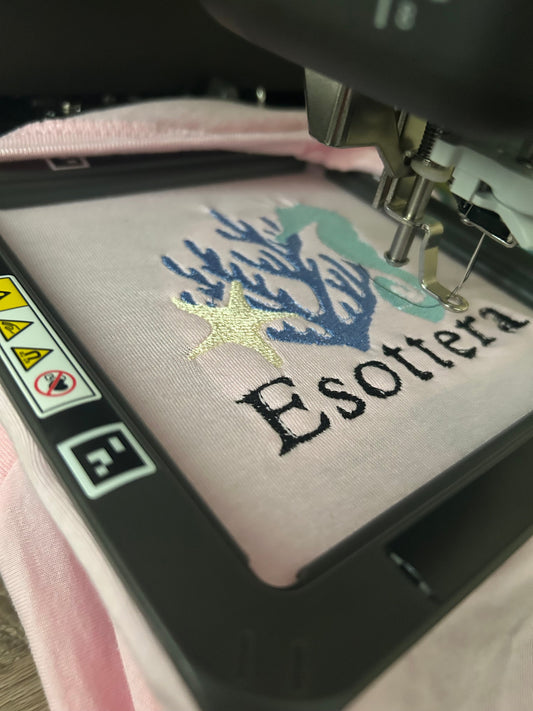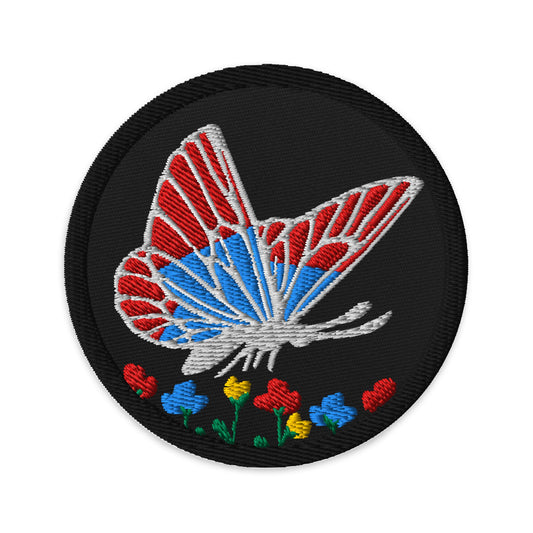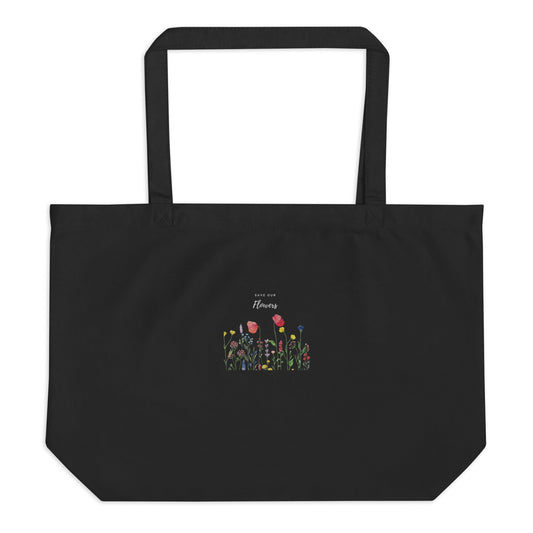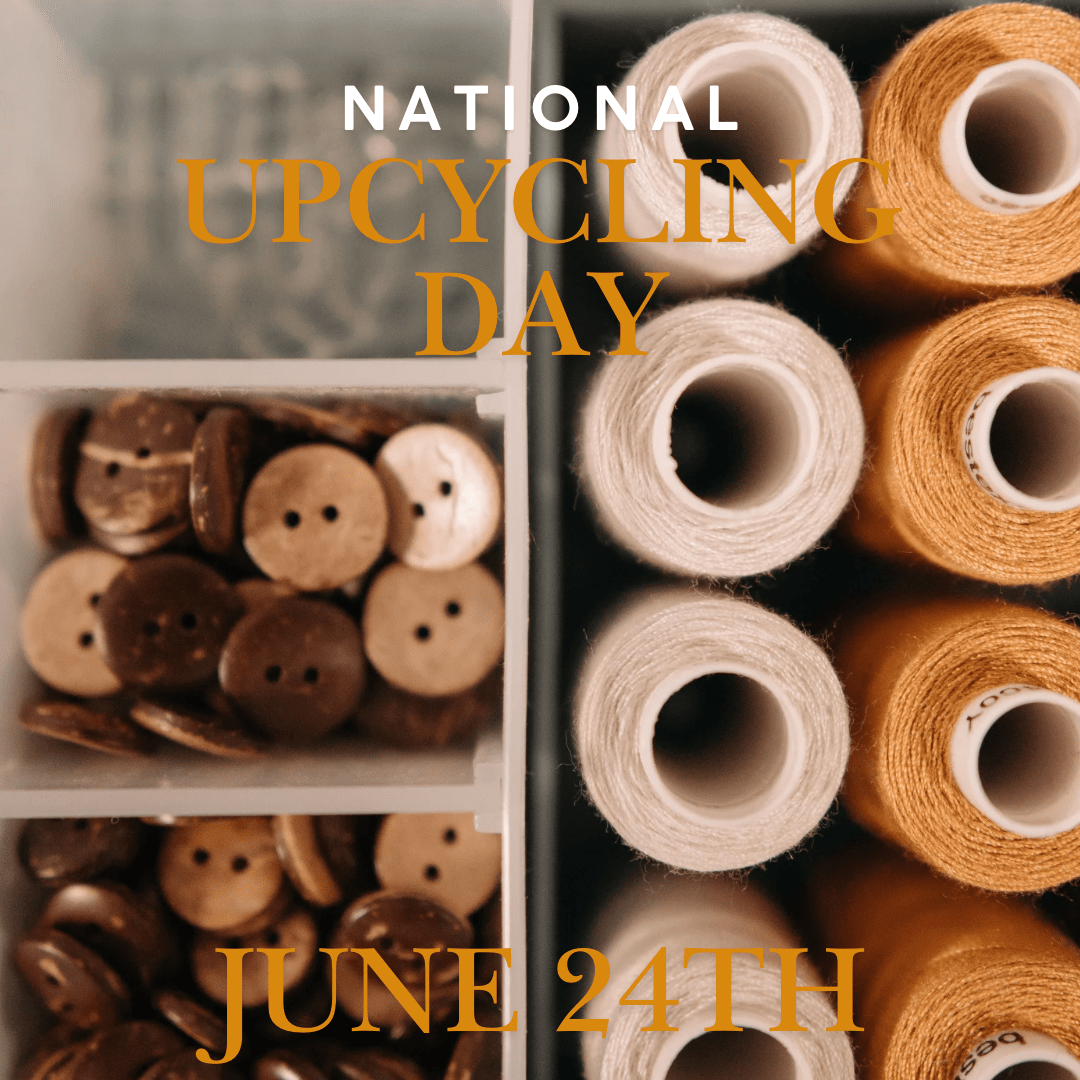
🌿 🌎 Celebrate National Upcycling Day with Esottera 🌿
Breathing New Life into Old Items: The Power of Upcycling
“Upcycling isn’t just a trend; it’s a lifestyle, a creative journey, and a powerful tool to help protect our planet.”
— Esottera
🌍 What Is National Upcycling Day?
Every year on June 24th, National Upcycling Day is celebrated, drawing attention to the importance of upcycling — the process of creatively reimagining and repurposing materials or products that would otherwise be discarded. This day is about more than just reducing waste; it's an opportunity to highlight the artistic potential of items that no longer serve their original purpose. National Upcycling Day celebrates creativity, sustainability, and resourcefulness, with a focus on reducing environmental impact and contributing to a circular economy.
For Esottera, upcycling resonates deeply with our eco-conscious mission, as we are committed to creating sustainable fashion that gives back to the planet. Through upcycled designs, we create something beautiful and unique from materials that would otherwise be wasted, proving that style and sustainability can go hand in hand.
♻️ What Is Upcycling?
Upcycling refers to the practice of transforming waste materials or unwanted products into new, higher-value items. Unlike recycling, which breaks down materials to create new products, upcycling preserves the original materials' integrity, giving them a new life and function. This process helps reduce waste while also allowing for creative expression.
The beauty of upcycling lies in its ability to turn the old and discarded into something new, often with a unique twist. Whether it’s turning old denim into stylish accessories, transforming vintage fabrics into contemporary apparel, or reimagining scrap wood into furniture, the possibilities for upcycling are limitless.
🌿 The Environmental Benefits of Upcycling
The practice of upcycling is an eco-conscious way to reduce waste and preserve natural resources. Here are some of the key environmental benefits of upcycling:
🌍 1. Reducing Landfill Waste
Each year, millions of tons of waste are sent to landfills, much of which is composed of discarded textiles, plastics, and furniture. By upcycling, you are keeping these materials out of landfills and extending their lifespan. This reduction in waste helps minimize pollution and the strain on landfills, which are rapidly reaching capacity.
🌿 2. Conserving Natural Resources
Upcycling eliminates the need for the extraction of raw materials, such as timber, metals, and petroleum-based plastics. By reusing what’s already available, we conserve precious natural resources and reduce the environmental cost of producing new products from scratch. This also helps preserve ecosystems, like forests, that are threatened by the overexploitation of raw materials.
🌱 3. Decreasing Carbon Footprint
Upcycling requires less energy compared to manufacturing new products. Producing new goods often involves resource extraction, manufacturing, and transportation, all of which contribute to carbon emissions. By upcycling, we reduce the need for energy-intensive production processes, thus lowering our carbon footprint.
🌳 4. Promoting Circular Economy
Upcycling plays a crucial role in the circular economy, where products are designed to be reused, repaired, and regenerated. This approach minimizes the reliance on virgin materials, reducing waste and environmental impact. Upcycling fosters a closed-loop system where resources are continuously cycled through the economy, promoting sustainability.
🌱 How Upcycling Fits into Fashion
In the fashion industry, upcycling is not just a creative act; it’s a vital sustainable solution to the waste crisis caused by fast fashion. The fashion industry is one of the largest polluters in the world, with an estimated 92 million tons of textile waste generated each year. Upcycling is a powerful antidote to this issue, offering a way to repurpose garments, fabrics, and other materials into new, high-quality pieces.
👚 1. Upcycling Fashion: Sustainable and Stylish
Upcycled fashion is about more than just giving old clothing a second life. It’s about creativity and innovation. Designers take discarded garments, such as old jeans, T-shirts, or even fabrics that didn’t make the cut in manufacturing, and transform them into something new, unique, and stylish. From patched denim jackets to reworked vintage dresses, upcycled fashion embraces individuality while reducing the environmental toll of mass production.
At Esottera, upcycling is part of our commitment to sustainable fashion. We source recycled fabrics and repurpose textile waste to create unique, eco-friendly designs. Each piece we create tells a story — one of creativity, resourcefulness, and environmental consciousness.
🌎 2. The Rise of DIY Upcycling in Fashion
DIY upcycling has grown in popularity as people seek ways to personalize their wardrobes and reduce their environmental impact. Whether it's adding embroidery, patches, or fabric paints to old clothes, DIY upcycling gives consumers the chance to get hands-on with sustainability. It empowers individuals to take control of their fashion choices and make them more eco-conscious.
Esottera’s embroidered patches are a perfect example of how fashion can be upcycled. Our patches, made from recycled polyester thread, can be added to existing garments, giving them a fresh look while reducing the need for new textiles.
♻️ 3. Upcycling in Fashion Reduces Textile Waste
One of the key benefits of upcycling in fashion is the reduction of textile waste. According to the Environmental Protection Agency (EPA), around 85% of textiles end up in landfills or incinerators. By upcycling old clothes and fabrics, we can give these materials a second life, helping reduce this waste while still creating beautiful, functional pieces.
At Esottera, we embrace the concept of slow fashion, where quality and sustainability are prioritized over quantity and mass production. Through upcycling, we create limited-edition pieces that carry meaning and a deep connection to the environment.
🌍 The Role of Esottera in Promoting Upcycling
At Esottera, we are more than just a sustainable hoodie brand — we are a community of creatives and eco-warriors who believe that fashion can be a tool for positive change. Through upcycling, we aim to make a statement about the power of creativity in sustainability.
Here’s how Esottera champions upcycling and creative repurposing in the fashion world:
🌱 1. Upcycled Designs and Customization
Esottera embraces upcycling in our collections by using sustainable materials like recycled polyester, organic cotton, and recycled fabrics to create new designs. Additionally, we encourage our customers to customize their purchases by offering eco-friendly patches and embroidery kits, turning each hoodie into a one-of-a-kind creation.
🎨 2. Collaborating with Artists and Makers
We partner with local artists and makers to create exclusive upcycled pieces that celebrate both art and sustainability. These collaborations not only support the creative community but also highlight the value of repurposing materials to create something unique and beautiful.
💚 3. Promoting Upcycling Awareness Through Education
Through our blog and social media platforms, Esottera shares information about the importance of upcycling and how it fits into a more sustainable future. We also provide DIY upcycling tutorials to inspire others to get involved in the creative process and transform old clothes into stylish, eco-friendly fashion.
🌍 How You Can Participate in National Upcycling Day
National Upcycling Day is a perfect occasion to showcase your commitment to sustainability and creativity. Whether you’re a fashion enthusiast, a DIY lover, or someone who’s just looking to make more eco-conscious choices, here’s how you can get involved:
✂️ 1. Upcycle Your Old Clothes
Take a look at your closet and see what old clothes could be upcycled. Whether it’s turning a plain T-shirt into a tote bag, reworking a pair of jeans into a skirt, or adding unique patches to a jacket, there are endless possibilities to give your garments a second life.
🌿 2. Support Upcycled Brands
Look for upcycled fashion brands, like Esottera, that focus on sustainability and creativity. By purchasing upcycled clothing or accessories, you’re supporting brands that care about reducing waste and creating eco-conscious fashion.
🎨 3. Get Creative with DIY Upcycling
If you're feeling crafty, try DIY upcycling projects! Use old textiles, scraps, or even discarded items around your home to create something new. From home decor to accessories, upcycling can be a fun and creative way to give your old items a second life.
🌍 4. Share Your Upcycling Projects
Use your social media to showcase your upcycled creations. By sharing your projects, you can inspire others to get involved and raise awareness about the importance of upcycling.
🌱 Conclusion: Upcycling as a Path to a More Sustainable Future
Upcycling is a powerful way to make a difference, and on National Upcycling Day, we celebrate the potential for creativity to drive sustainability. At Esottera, we are committed to reimagining the way we approach fashion, creating unique, eco-conscious designs that embrace the beauty of upcycling. By reducing waste, conserving resources, and promoting creativity, we can all play a part in building a more sustainable and circular economy.
Let’s use National Upcycling Day as an opportunity to rethink the way we consume, create, and celebrate fashion. Whether it’s by upcycling old clothing, supporting upcycled brands, or starting your own DIY projects, we have the power to create positive change — one upcycled piece at a time.
#NationalUpcyclingDay #Upcycling #SustainableFashion #EcoFriendlyLiving #SlowFashion #CircularEconomy #TextileWaste #EcoConscious #UpcycledFashion #Esottera #CreativeReuse #DIYUpcycling #PlanetOverProfit #SustainableStyle #GreenLiving #RepurposeReuseRecycle
